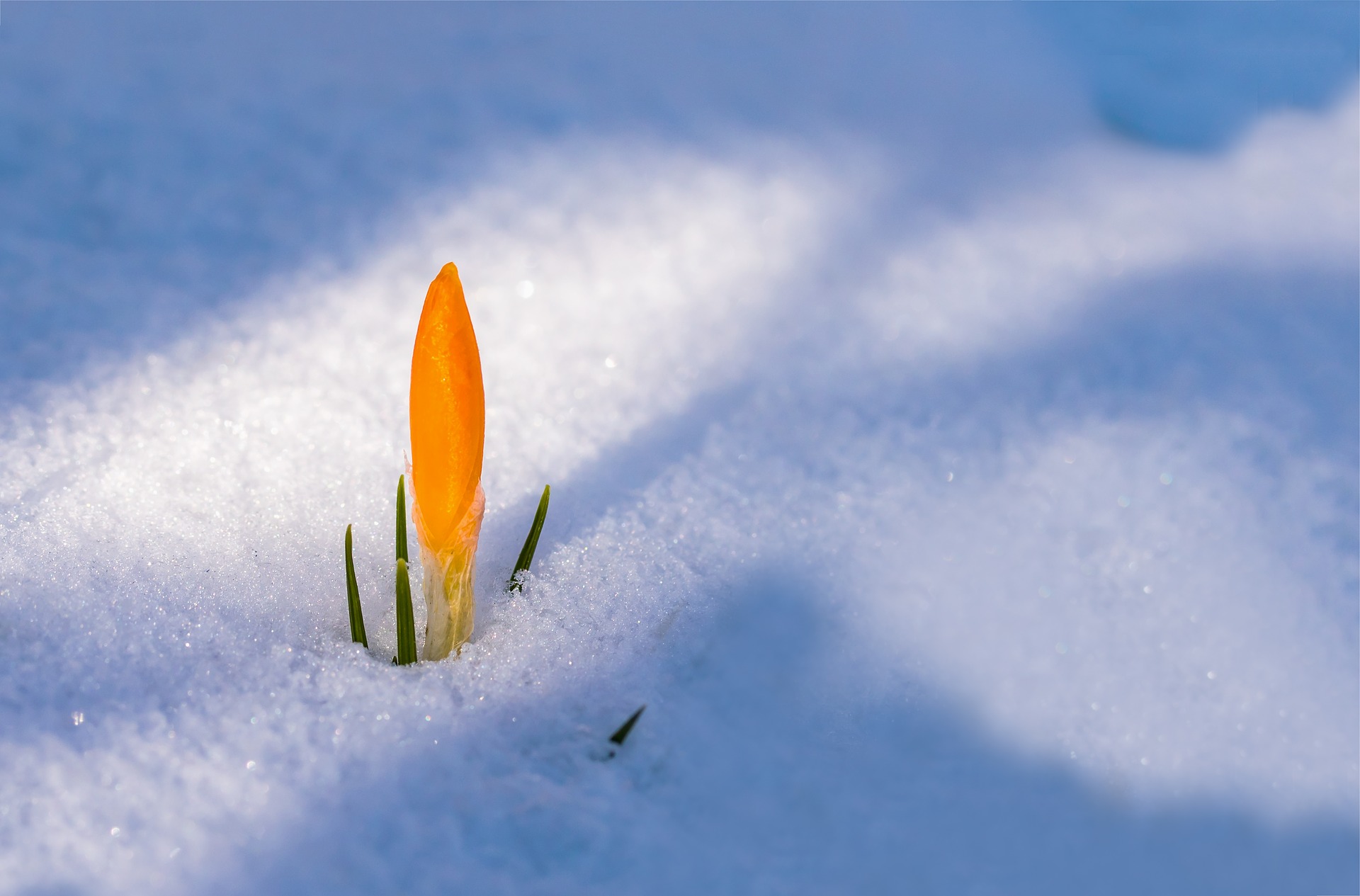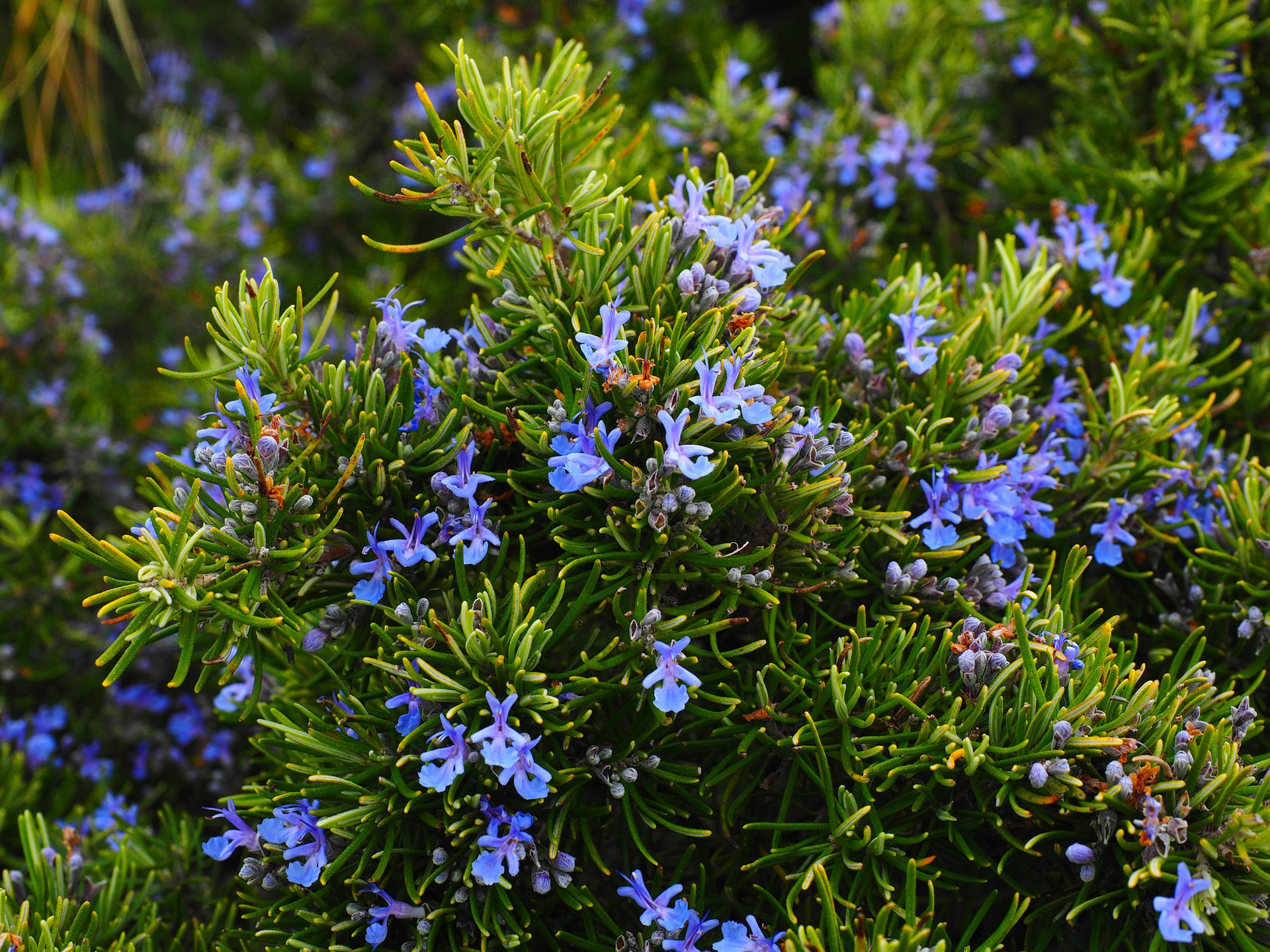How to Attract Pollinators into Your Garden
It’s not just your garden that needs pollinators, it’s the world as a whole! Without pollinators – and that actually includes wasps – there’d be far fewer fruits and vegetables and the food chain would be in serious danger.
When bees scope out your garden, they’re looking for two things:
Nectar, as it’s full of various sugars and gives the bees the energy they need to fly for miles.
Pollen, as it has all the other nutrients, like fats, proteins and trace elements.
Thanks to selective cultivation, many of the plants and flowers on sale at garden centres are more about disease resistance and being low-maintenance than about producing nectar and pollen. Often, these plants offer nothing to pollinating insects and even if they do, the amount of nectar is affected by the temperature and the humidity of the air and the soil.
If you think you could do more to bring pollinators in, then here’s how to start.
Avoid pesticides
Pesticides don’t respect pollinators, so you’ll be killing good bugs as well as bad ones.
Local plants for local bees
Native plants, especially those that are local to your specific region, will attract local bees. These plants will also thrive better in the specific environment, soil type and weather conditions than exotics, making your gardening easier. Try wildflower seeds from The Grass People to get started.
Use lots of different colours
Bees and other pollinators are hugely influenced and attracted by colours, so plant blue, purple, while, yellow and violet blooms for the best results.
Plant large clumps of flowers
Larger bunches and areas of one species of flower will draw in more insects than individual flowers scattered in grass. Aim for clumps of at least four feet in diameter.
Offer equal opportunity flowers
There are more than 250 species of bee in the UK and they all have specific needs and shapes, so by planting a wider variety of flowers, you’ll be attracting more species than you would with just one species of plant.
Make sure your different blooms are in action all over the seasons
Many bee species will choose a range of several flower species and they’ll feed on them throughout their lives. If you have lots to offer, for eight or nine months of the year, you’ll be helping several different bee species to make it through another life cycle.
Plant the flowers in the sun
Bees like warm sun and shelter from draughts, so that’s where your flowers need to go.
Popular plant and flower species for UK bees
You’ll no doubt have seen lots of bees buzzing around lavender bushes, but they’re also very fond of rosemary as well. Although these plants aren’t strictly native to the UK, they’ve certainly been taken to the bees’ hearts.
It can take a while to grow these bushes, though, so while you’re waiting, try these flowers:
Bluebell
Foxglove
Comfrey
Foxglove
Wild carrot
Borage
Corn marigold
Cornflower
Field scabious
Oxeye daisy
Clover (there are several varieties of this flower).
*This is a collaborative post




4 Comments